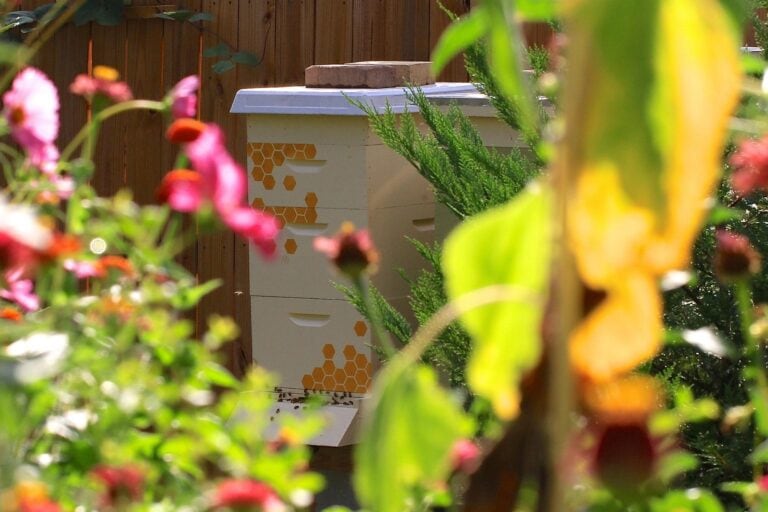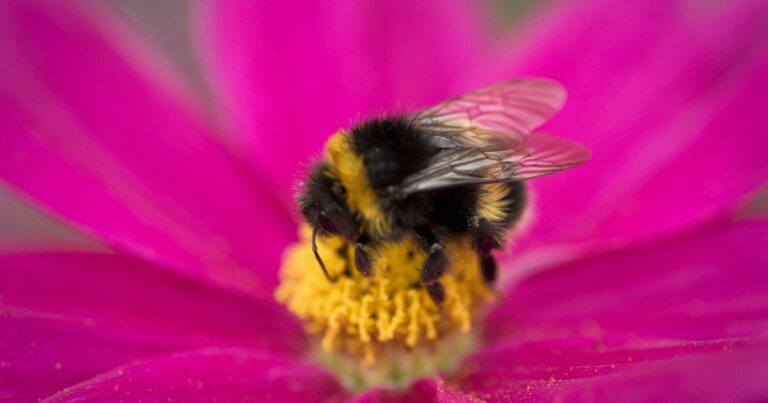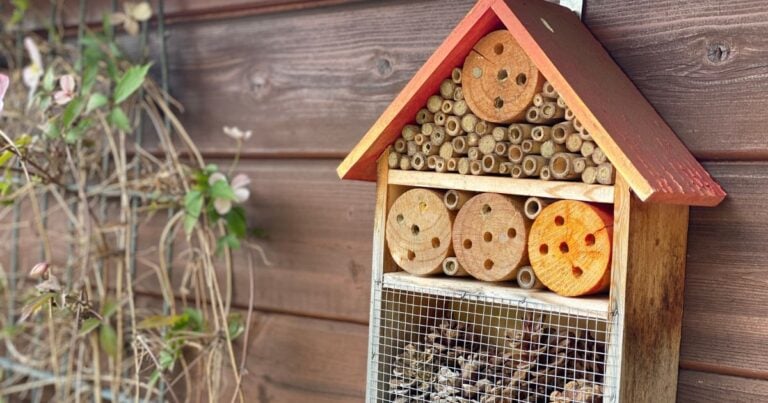What is a Pollen Signature?
What is a Pollen Signature? You would be wrong to think that all honey is and tastes the same—honey differs considerably due to location, season…
What is a Pollen Signature?
You would be wrong to think that all honey is and tastes the same—honey differs considerably due to location, season and the flora available in the area. Think of it in just the same way you would a nice wine; different grapes from different areas and climates produce different flavours. And just like your favourite drop, there is a honey variety for everyone!
And while honey varieties such as Manuka receive more attention than most, local honeys from all over the world are of great interest to me for their various properties. How fascinating to think of the nuances, to find new honey tastes you have never experienced before. There is a variety on the Lasithi plains on Greece’s largest island, Crete, loved for its herby, thyme notes. There are hints of blackcurrant and cherries in Paris’s honey. Californian honey tastes of orange blossom. Sage honey from Oregon has a light spice. Manuka from New Zealand and Australia is strong and medicinal. Sourwood honey from the Appalachian Mountains is buttery, like caramel. Carob honey from Sicily is nutty and perfect with aged cheese. The list goes on!
So, what are some of the ways we can find out where honey comes from? Melissopalynology is the study of pollen contained in honey and, in particular, the pollen’s source. The term itself comes from the Greek words for “bee” and “honey” along with the words for “study of dust,” which translates in this instance to “pollen.” As Stephen Petersen (Apicultural consultant) and Dr. Vaughn M. Bryant (Melissopalynologist Texas A&M University) explained, this microscopic study of pollen in honey can provide important information on the plants visited by foraging bees and the geographical origin of unifloral honey. The process usually involves a sample of approximately 10 grams of honey, which is heated and diluted with warm water and alcohol. Acids and chemicals are then used to remove the proteins from the sample, leaving behind the “exine”—an almost indestructible pollen casing. Despite there being some pitfalls with this process— for example, it’s impossible to determine the pollen’s source if the honey has been overly filtered, and botanical ranges to do not necessarily relate to political boundaries—the advantages can be vital when assessing honey that comes from one source (unifloral, eg. Manuka) and in ascertaining where honey is not from geographically. For these reasons, melissopalynology can help us get to the bottom of what is inside the honey we buy and eat. This is especially relevant in our current consumer climate, where fake honey and incorrect marketing are issues at the forefront of apiculture. With this in mind, buying from a local supplier you trust remains the safest and easiest way to eat ethical honey from a known source and origin.



